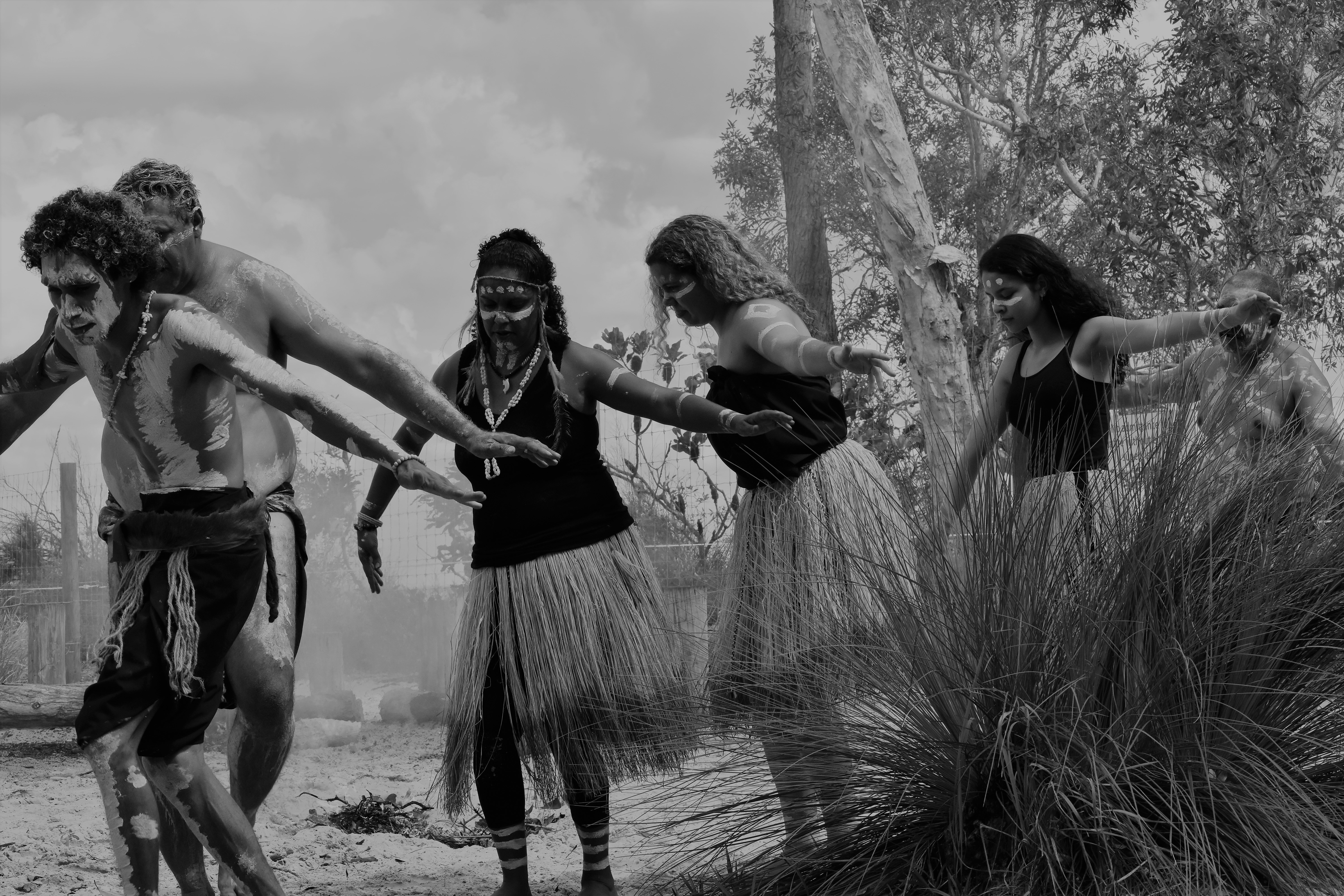
Culture
OVERVIEW
The Island has a rich and ancient indigenous history. The Butchulla People referred to the Island as 'K'gari', which means paradise.
Archaeologists believe that Kgari supported up to 3000 people who lived on marine animals and terrestrial plants. Evidence of Butchulla settlement in archaeological sites, midden heaps, ceremonial bora rings, fish traps, scarred trees, campsites and stone implements dates back to between 1500 and 2500 years ago. However, the Butchulla People are thought to have lived on the Island for more than 5,000 years.
There are many sites of social and spiritual significance. It is very important to respect those sites.
European settlement had a devastating impact on the indigenous population.
Native Title was granted in 2014 which recognised the Islands indigenous heritage and native owners: the Butchulla People.
Today the Butchulla People work in conjunction with the Queensland Parks and Wildlife Service (QPWS) to ensure that the cultural history and environment are protected. You will see Butchulla Land and Sea Rangers working with QPWS rangers on the Island.
The Butchulla call the Island Kgari or Paradise after a creation spirit who was unable to leave the beauty of the area. There are three principles in Butchulla lore:
- What is good for the land comes first;
- Do not touch or take anything that does not belong to you;
- If you have plenty you must share.
More information: Foley, Shirley (1994). The Badtjala People Thoorgine Educational and Cultural Centre Aboriginal Corporation Inc: Hervey Bay.
McNiven, I. J. (1992). Ethnohistorical reconstructions of Aboriginal lifeways along the Cooloola coast, Southeast Queensland, Proceedings of the Royal Society of Queensland, Vol. 102, Issue 30 Aug.
McNiven, I. J. (1998). Chapter 3: Shipwreck Saga as archaeological text: reconstructing Fraser Island's Aboriginal Past in McIven, I., Russell, L.,& Schaffer, K.eds. Constructions of Colonialism: Perspectives on Elizer Fraser's Shipwreck Leicester University Press: London.